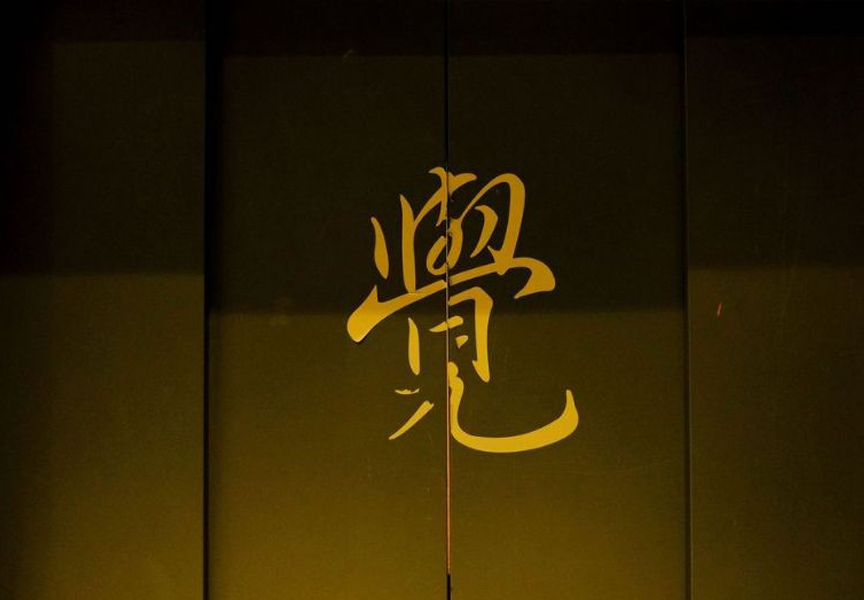Random Free Articles
- Preserving the Essence of Martial Arts
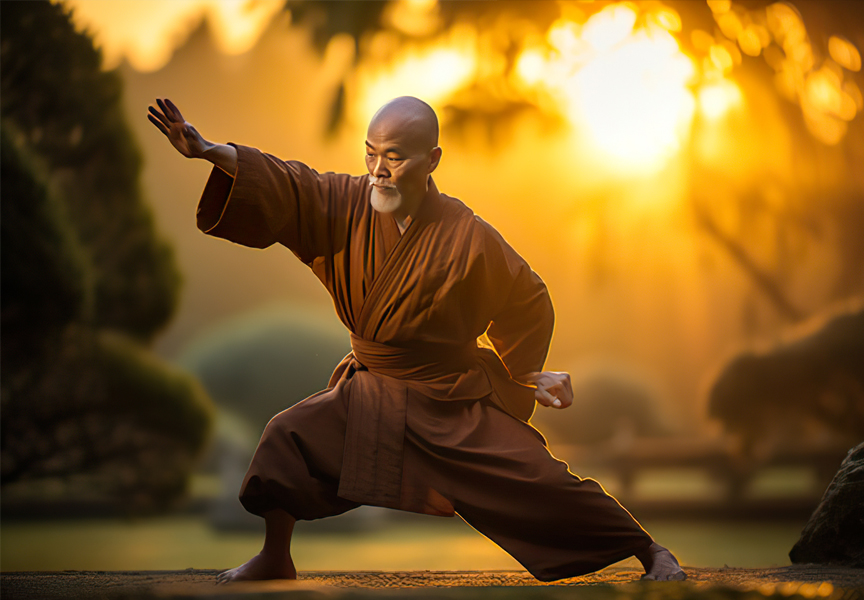
Beyond Victories and Podiums In a world where competitive sports dominate headlines and social media feeds, the true essence of traditional martial arts often gets lost in the clamor for victories and podium finishes. While there's no denying the physical prowess and discipline required in competitive martial arts, it's crucial to understand that traditional martial arts go beyond the pursuit of trophies and medals. Attempting to…
- Embracing Feminine Leadership
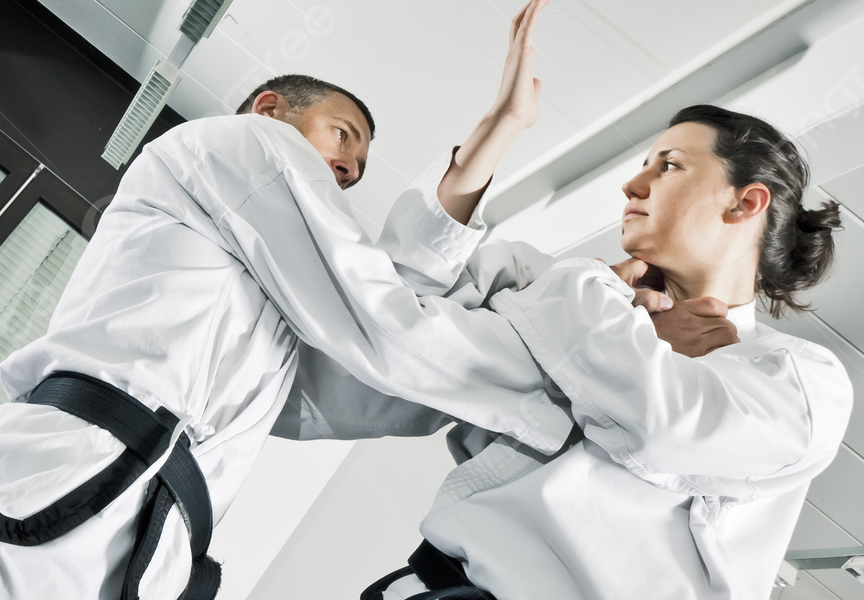
Following and Accepting a Woman as Our Martial Arts Master In the traditionally male-dominated realm of martial arts, the image of a wise and revered master is often conjured as that of a stern-faced, elderly man imparting his ancient wisdom to a sea of eager disciples. However, as societal norms continue to evolve, so too does our perception of leadership within martial arts. It's time to challenge the status quo and explore the profound…
- Shaolin Kungfu: A Five-Level Path to Mastery
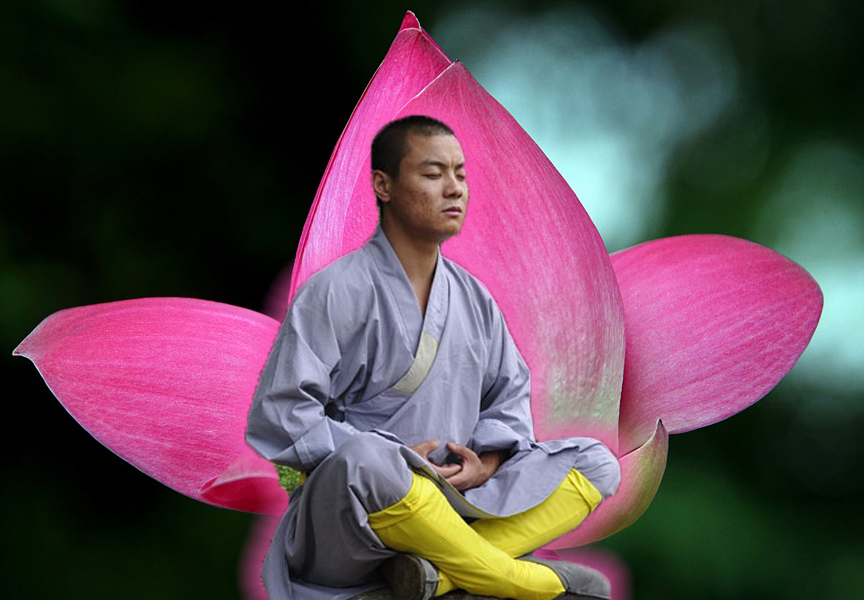
The Progressive Journey of Learning Learning Shaolin Kungfu [Chin.: Shàolín gōngfū 少林功夫] is a journey that mirrors the educational process, akin to progressing through the stages of primary to university levels. This ancient martial art demands a systematic and disciplined approach, starting from the basics and gradually advancing to the pinnacle of skill. Attempting to shortcut this process is akin to skipping foundational…
- Preserving Ancient Wisdom
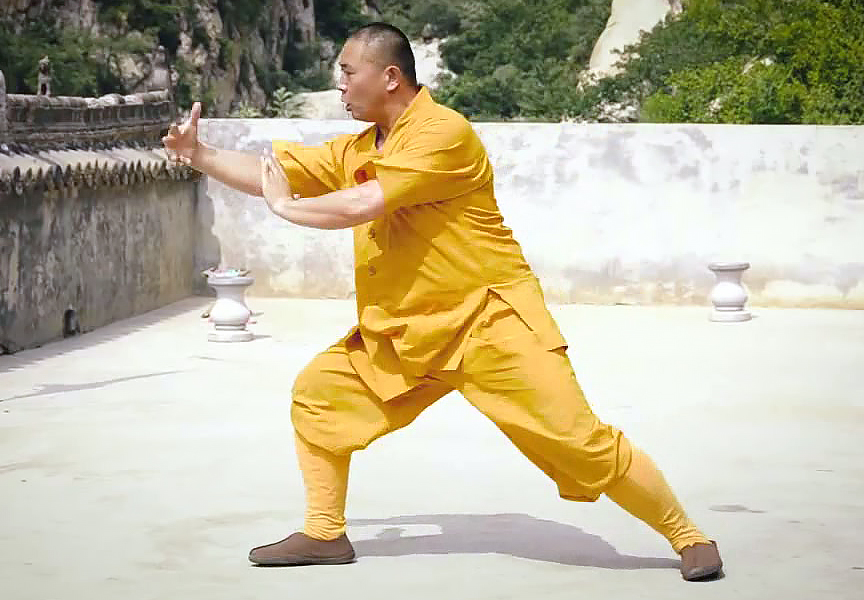
The Significance of Traditional Shaolin Kung Fu Forms In the realm of martial arts, Shaolin Kung Fu stands out as an ancient and revered discipline with a rich history that dates back over a thousand years. One of the hallmarks of Shaolin Kung Fu is the profound importance placed on preserving the original forms and techniques that have been passed down through generations. These forms are often considered a direct link to the ancient Shaolin…
- Shaolin's Chain Fist
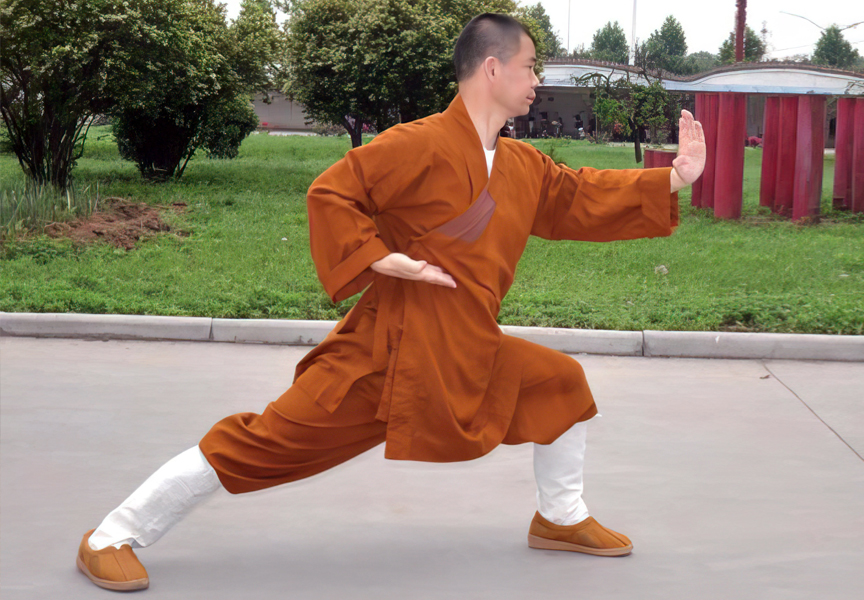
Unraveling the Mysteries of Shaolin's Chain Fist In the vast realm of Shaolin Wu Gong, the Lián Huán form [Chin.: liánhuánquán 连环拳], meaning "Chain Fist," stands as a fundamental practice that follows the mastery of the 5 Technique Fist [Chin.: wǔbùquán 五步拳]. This compact form, though small in appearance, carries immense significance in the Shaolin tradition. Characterized by simple yet powerful movements,…

